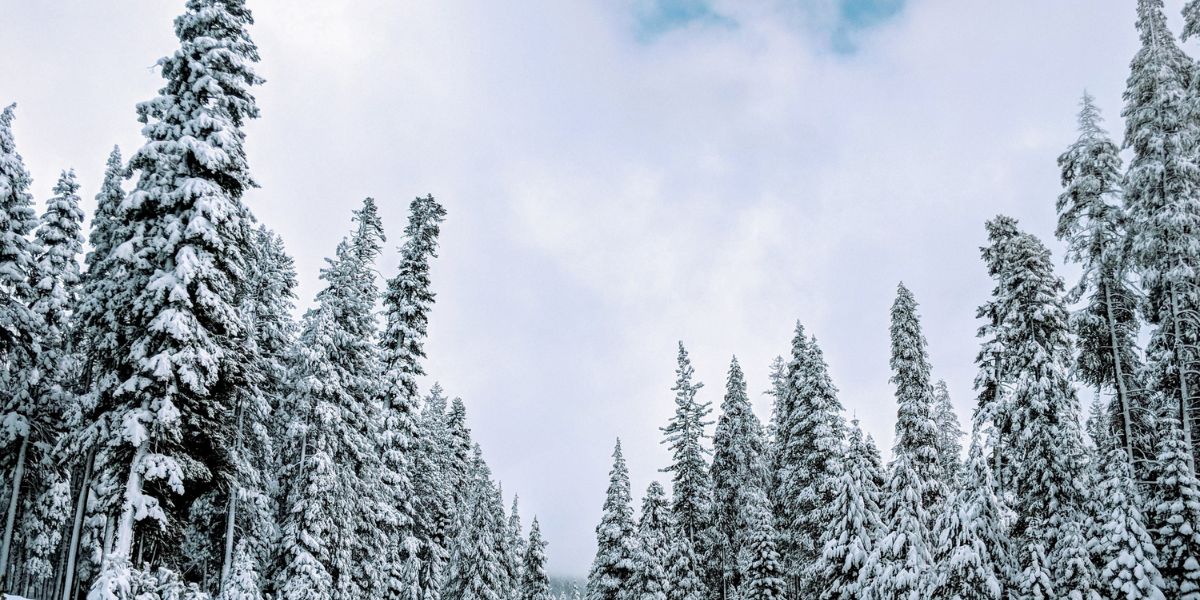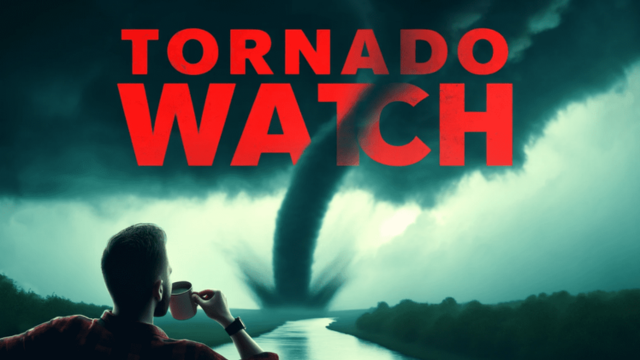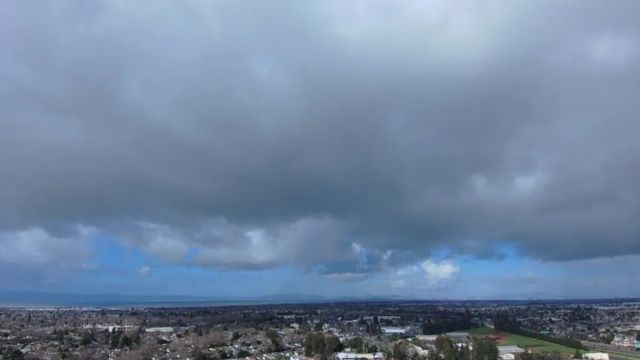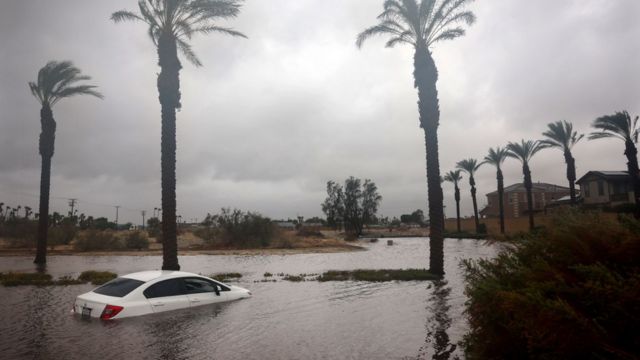California’s snowpack has hit a 25-year milestone, reaching 96 percent of the historical average.
The accumulation of snow in the Sierra Nevada and other high-altitude regions serves as a critical water source for the state.
Why It Matters
The Sierra Nevada snowpack provides about 30 percent of California’s water, gradually melting to replenish rivers, reservoirs and groundwater. Before 2023, California saw drier weather, limiting water retrieval in the Sierra Nevada. However, over the past three years, wet and snowy conditions have boosted the state’s water supply.
What To Know
The beginning of April has brought fresh snow to the Sierra Nevada, pushing the state’s snowpack to 96 percent of the average as of April 1, when the snow season typically reaches its peak.
That means the Sierra Nevada has an ample water supply for cities, farms and ecosystems in the state.
Between 2020 and 2022, California recorded its driest three-year period—a trend reversed by a wave of wet and snowy weather in the state since 2023.
Storms this year have also brought plenty of rain to lower elevations, with statewide precipitation at 103 percent of average since October 1. As a result, California is now close to its typical water supply from snowmelt.
The last time California’s snowpack hit 100 percent of the average or higher for three consecutive years was 1998 to 2000, and before that, from 1978 to 1980, Andy Reising, the manager of the Department of Water Resources’ Snow Surveys and Water Supply Forecasting Unit, said at a news conference on Tuesday.
Reising also said the state’s reservoirs were now at above-average levels for this time of year and were holding enough water to put them at 117 percent of the average, according to records from the state’s Department of Water Resources.
Recent storms and increased snowpack have led state water officials to raise this year’s State Water Project allocation from 35 percent to 40 percent of requested supplies. The Trump administration also increased Central Valley Project (CVP) allocations, with irrigation districts south of the Delta now receiving 40 percent, up from 35 percent, while agencies using the Friant-Kern and Madera Canals are set to receive 100 percent of their allotments.
The U.S. Bureau of Reclamation said it is seeking to maximize water deliveries as directed by Trump’s executive order.
But there are still fears that another dry spell could hit California as spring begins.
Daniel Swain, a climate scientist at UCLA, said in a post on Bluesky on Tuesday that after California’s cold weather system departs, “spring will begin in earnest across California,” with much drier and warmer conditions in the coming days.
Climate research has also indicated that global warming is intensifying droughts in the Western U.S. by increasing temperatures, reducing snow accumulation and altering water availability.
Those fears are particularly pertinent in the wake of the wildfires in California, which burned almost 60 acres in the state. Warm conditions can cause early snowmelt, which may lead to drier conditions in the forest earlier in the spring and summer, drying out forest fuels and increasing wildfire risks.
“We want the snowpack to be around as long as it can be,” said Andrew Schwartz, the director of the Central Sierra Snow Laboratory.
What People Are Saying
Andy Reising, the manager of the Department of Water Resources’ Snow Surveys and Water Supply Forecasting Unit, told reporters: “The reservoirs are above average for this time of year. That’s a great sign for this year, moving forward.”
Daniel Swain, a climate scientist at UCLA, wrote on Bluesky: “After today’s cold system departs, spring will begin in earnest across California w/much drier & warmer conditions on horizon. In fact, at the moment, ensembles are hinting at a major and perhaps even record-breaking early-season heat event in ~10 days. Stay tuned.”
What Happens Next
It remains to be seen whether California’s snowpack will continue to reach levels near its historical average, especially as spring brings warmer weather and drier conditions to the state.








